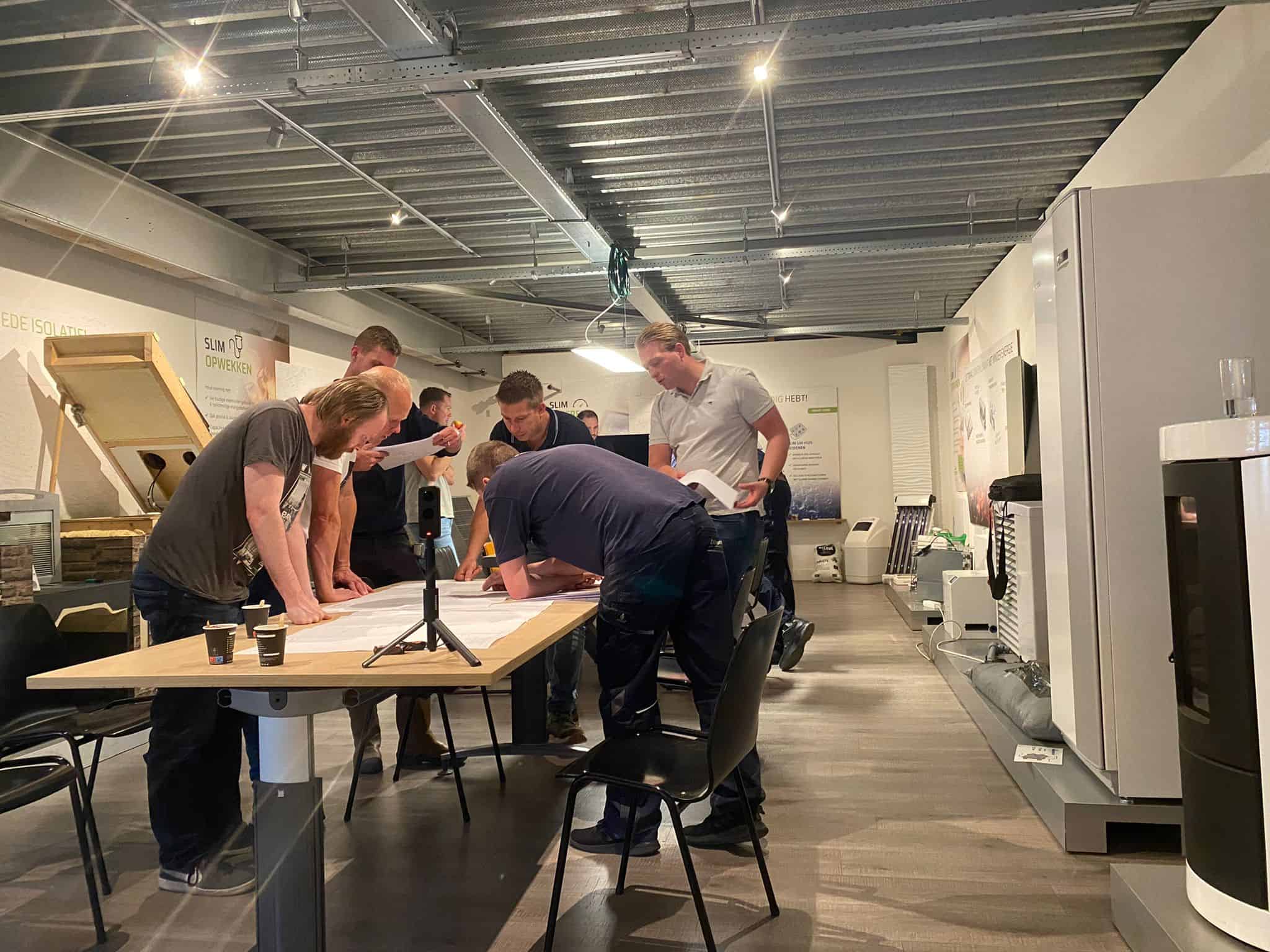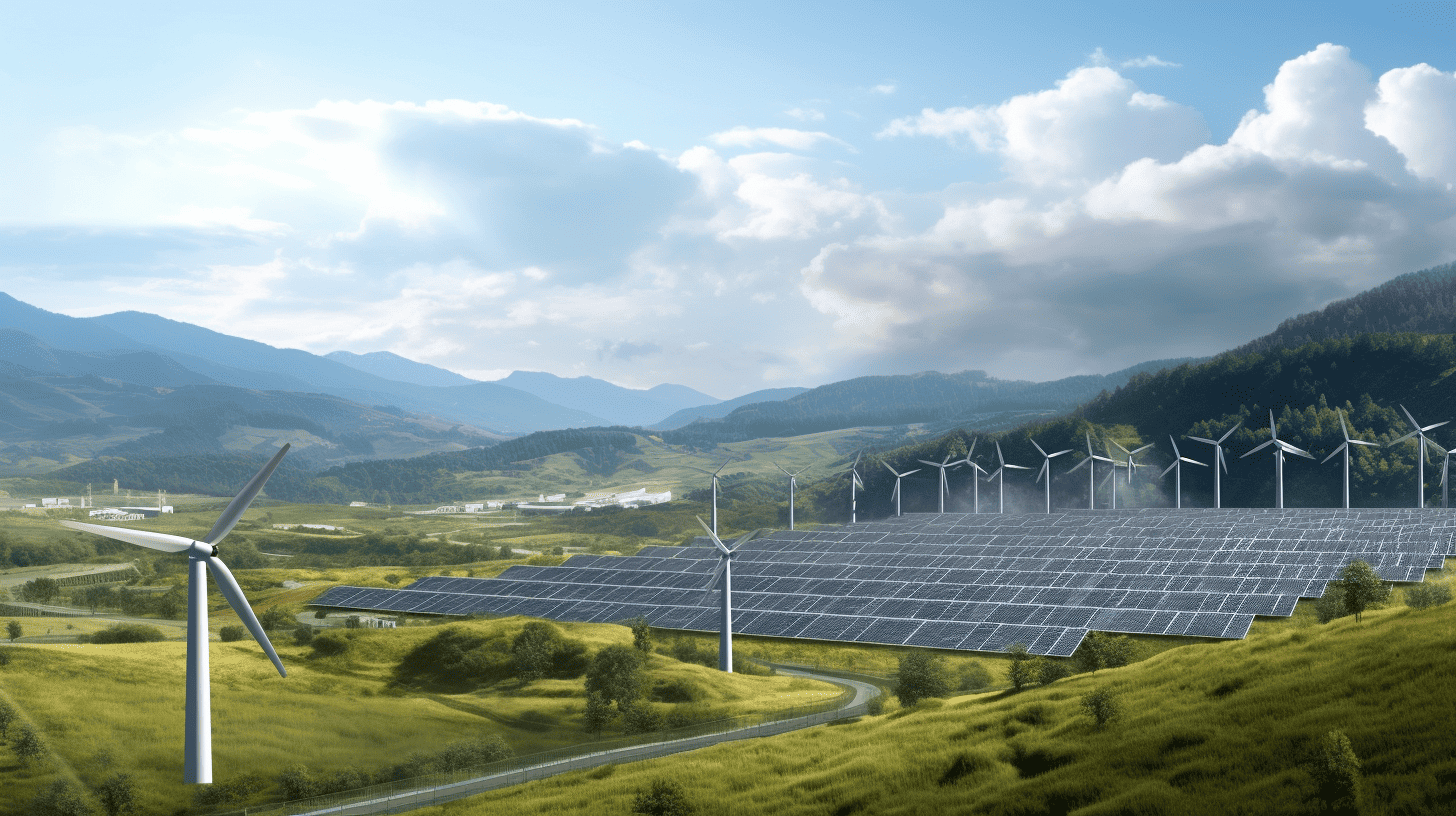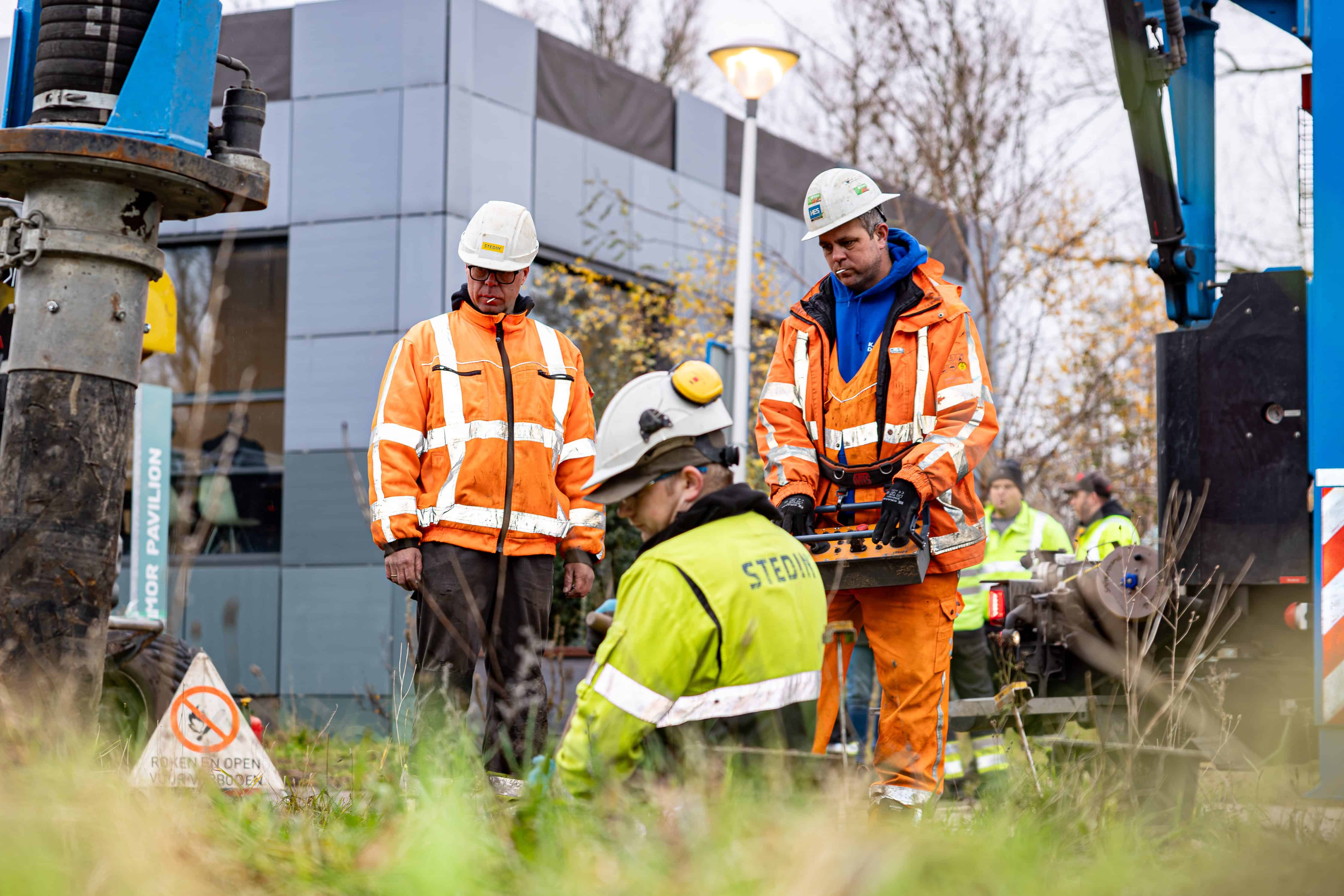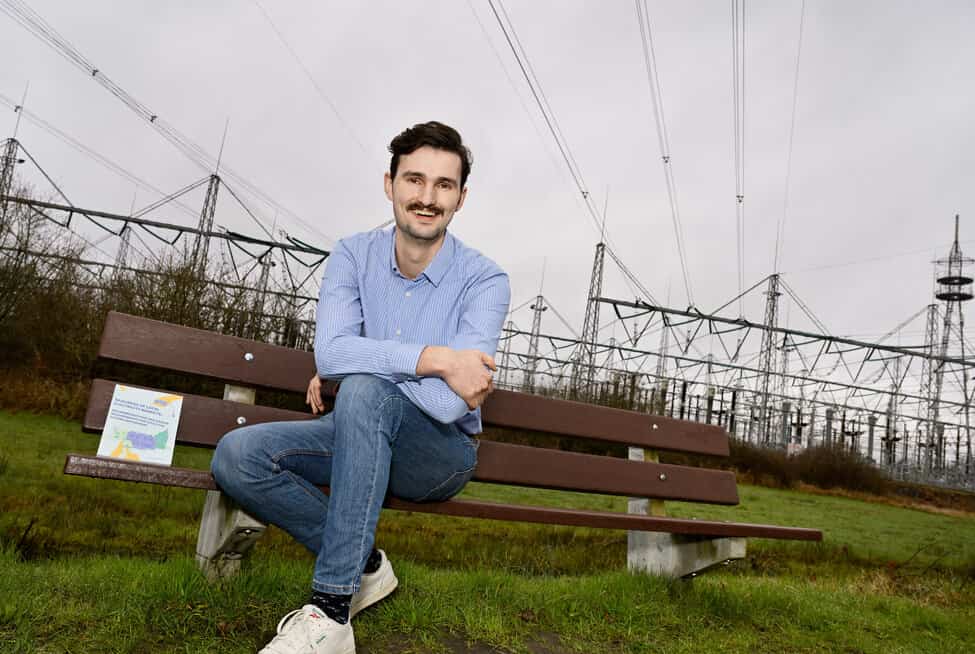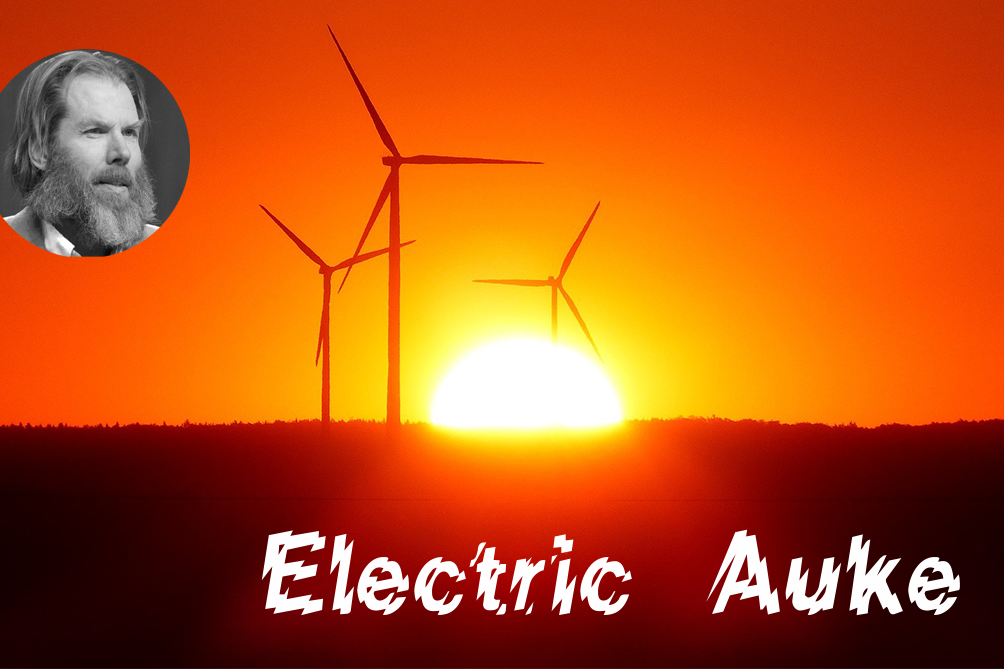
NEON stands for New Energy and mobility Outlook for the Netherlands. It sounds complicated. It is, according to Auke. Within this five-year project, scientists from different backgrounds are working together with companies and other institutes to accelerate the energy transition. There is room for 32 Ph.D. students who will get to work on solar cells, wind turbines, electric drives, and everything you can think of with regard to sustainable energy and mobility.
How was the opening?
“Fantastic! Even though it couldn’t take place physically, it was very nice to see so many different people working together towards the same goal. People are going to look at laws and regulations, at standardization, and social scientists are going to look into the psychological aspect of this transition. They do this together with full-on beta types who are researching the technical subjects. That collaboration is quite unusual. But we all want to change something, which is really great to see. I’m getting the feeling more and more that it’s going to work.”
Even though NEON has just officially started. Auke also agrees: “What we want to achieve is not something that we can solve on a rainy Saturday afternoon. That’s why, covering as many aspects of the energy transition as possible, we have gathered together people who are working on real game-changers. Consider, for example, airborne wind energy, where a wind turbine does not have a tower. It is a kind of wind airplane. Or solar panels that have already been integrated into materials. But also energy storage, in case the sun isn’t shining or the wind isn’t blowing. As well as battery technology, and electric powertrains.”
“In addition to all this research, we also have companies that see the potential in these technologies. We are killing two birds with one stone. So that hopefully it won’t be just research reports, but actual products. In fact, we are only looking for knowledge from industry, which is still a bit lacking.”
Filling in knowledge gaps
Auke hopes that in this area, too, the knowledge out there will also join up in the form of a research group or an expert. Recently, the same thing happened in another blind spot: The built-up environment. “That’s not about installing heat pumps, we are quite capable of figuring that out. But houses do need to be insulated and heating networks installed, so that’s quite a project in itself.”
Via the Dutch province of North Brabant, Auke came into contact with Lisanne Havinga, who is currently mapping out what the energy transition means for the built-up environment. She’s doing that at the TU/e together with the Institute for Renewable Energy Storage (EIRES). “I could have taken over the presentation she gave for NEON. We then started talking about working together. She is very happy with our team of people when it comes to electricity, sun, and wind. This also provides her with more insight. We, in turn, are very happy with her incisive work in the field of complex architecture. She immediately suggested to join forces and make this one big team. Isn’t that terrific?”
Do you need these types of people?
“Absolutely! These people are constantly thinking about what change should look like. How is a technique going to develop? What does it take? They want to make a difference and they go all out for it. It’s a different way of thinking, they understand that new techniques are going through major learning curves. Who would have thought in the early days of battery technology, that batteries would become 10 times cheaper every 10 to 15 years? These people understand that.”
According to Auke, these are not necessarily the experts who know the most about a particular technique. “Plenty of great experts have a tendency to look through the rear-view mirror, they have a thorough knowledge of the past. But they are less preoccupied with the future and how techniques are developing. At the Delft University of Technology, for example, the fundamental knowledge surrounding wind energy is enormous; they know exactly how the technology has developed. But in order to achieve real change, you also need people who are working on revolutionary techniques that are not yet a reality. They are the ones who think in terms of breakthroughs, they understand that new techniques are needed in order to be able to replace fossil fuels. That’s why I think the people of airborne wind energy represent the best of both worlds for NEON and we have similar matches in other fields too.”
This is also known as a ‘purpose-driven community’, yet Auke finds this too passive. “A community sounds like it’s all about talking. This is a movement. The fact that Lisanne Havinga is now joining, without us bothering about who is an author or who gets any credit, is a fine example of this. I hope that I will get to experience that more often. There isn’t any discussion about this because, within this movement, we all want to get rid of fossil fuels. But it is also in no way a sacrifice, I am not a good Samaritan. I also want to show that sustainability not only serves a social purpose but is also a great way to make money.”
NEON researches a wide range of subjects, how does this all come together?
“I once said that I saw myself as a guru. Not in the classical sense of the word, as in something religious or spiritual. But that I spend most of my time figuring out how things work and then sharing what I have learned. This is also how NEON is going to work soon. Researchers spend most of the time working on their own subject matter and a fraction of that time they use to tell each other what they have found out. A team will work with all this knowledge to create an integrated model that makes various scenarios comprehensible.”
“You can draw up a good report with all the quantitative stories from all the experts, but that won’t get you where you need to be. It doesn’t specify what is needed in concrete terms. In the model we want to make, you show exactly what it means when batteries become 3 times cheaper and 3 times lighter in 20 years’ time. What will it mean for the electric car? Its range will increase, will that have an influence on public acceptance? What about the raw materials that are needed and CO2 emissions? Where does energy come from? You can shed light on all of that.”
Auke compares it with a model for green energy for the province of North Brabant that he and a student have already made. “The only thing is that we now have five years from ten people to do this, at least 100 times more effective programming time than before – and the model is constantly being expanded with new knowledge.”
You can also read other issues of Electric Auke via this link.



